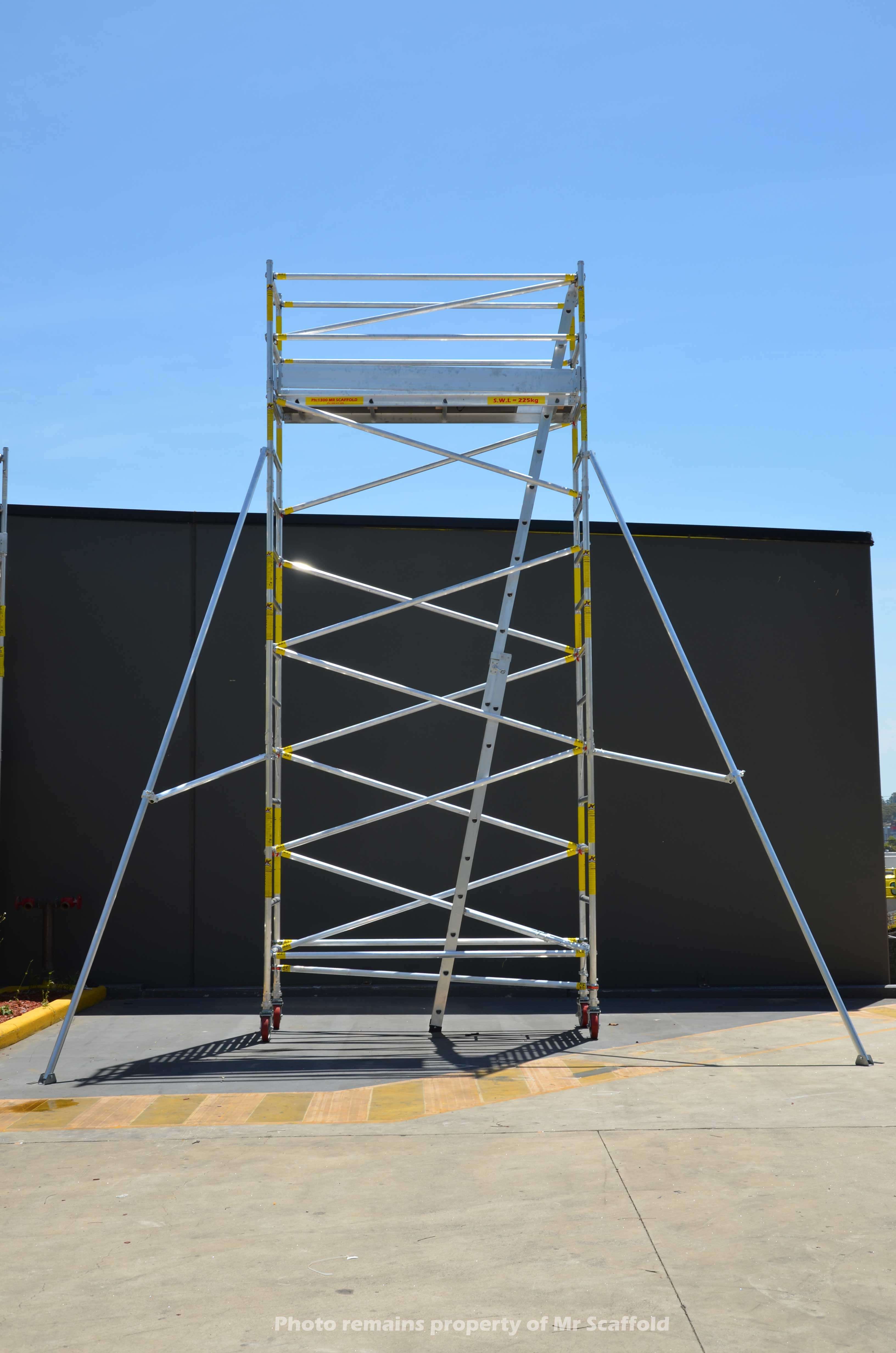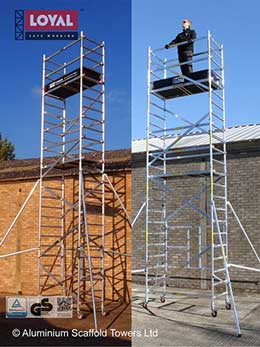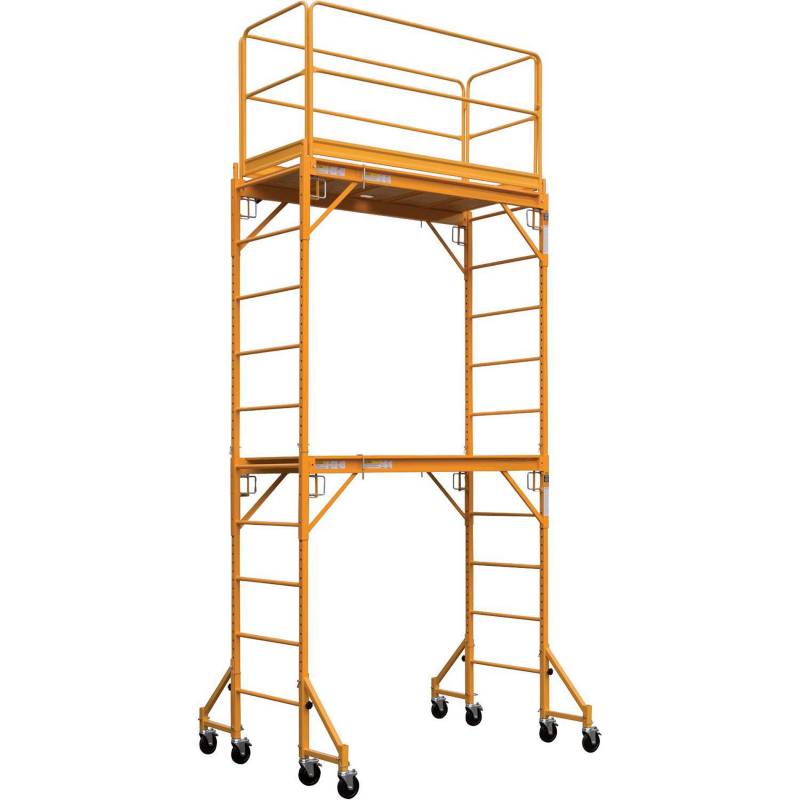Taking Full Advantage Of Efficiency: Preparation Your Scaffolding Needs
Scaffold Dismantling Safety And Security: Procedures to Adhere to =================================================================
To guarantee scaffold taking down safety, conduct detailed pre-dismantling examinations checking for damage and stability. Safe devices and devices effectively with regular checks and organized storage. Clear the workplace to avoid threats, established cleaning procedures, and use the best devices for taking apart actions. Analyze post-dismantling honesty, review the ground, and execute safety measures purely. Adhering to these treatments is vital for worker safety and security. Understanding each action in the taking apart process is essential for effective and secure scaffold taking apart.
Pre-Dismantling Examination
Before commencing the taking apart process, what key elements should be evaluated during the pre-dismantling stage to guarantee security and efficiency? One critical element is performing a detailed safety check to ensure that all security protocols are in location and operating correctly. This consists of analyzing guardrails, toeboards, and personal protective devices to prevent falls and various other mishaps throughout the taking down process.
An additional crucial element to consider during the pre-dismantling phase is evaluating the architectural security of the scaffold. It is vital to look at the scaffold parts for any type of indications of damage or put on that might compromise its integrity. This consists of monitoring for corrosion, rust, or any kind of deformities that could weaken the scaffold framework.
Securing Tools and Equipment
To ensure the security and effectiveness of the scaffold dismantling procedure, it is important to firmly store and arrange all devices and devices used throughout the operation. Proper storage space and tools maintenance are essential factors in guaranteeing a smooth and hazard-free dismantling procedure. Here are some essential actions to adhere to:
Mark certain storage areas: Assign specialized locations for each and every device and tools product to prevent mess and complication. This practice aids in easy gain access to and decreases the threat of locating scattered devices.
Use device belts or pouches: Encourage workers to use tool belts or pouches to carry necessary hand devices. This not just keeps devices secure yet likewise permits hands-free motion on the scaffold.
Carry out routine tools checks: Conduct regular examinations to make certain that all tools are in great functioning condition. Any kind of harmed or malfunctioning equipment ought to be quickly repaired or replaced to stop accidents.
Safe and secure loosened devices: Usage lanyards or secures to secure tools that presents a risk of dropping from elevations. This preventative measure lessens the danger of devices dropping and creating injuries to employees below.
Clearing the Workspace
Ensuring a clutter-free and orderly workplace is important prior to starting the scaffold dismantling process to boost safety and efficiency. Site prep work is important in this phase to assure a hazard-free setting for workers. Before beginning the taking down process, safety and security precautions have to be strictly abided by, including the evaluation of the workplace for any type of possible threats.

Debris removal plays a crucial role in preserving a risk-free work environment. Clean-up procedures ought to be developed and adhered to carefully to avoid accidents triggered by sliding or locating products. Proper disposal methods must be carried out to get rid of debris safely and efficiently.
Systematic Taking Apart Refine
Carrying out a methodical technique is essential for the safe and efficient taking down of scaffolds on construction sites. By adhering to details steps, workers can ensure a smooth and safe and secure process while dismantling scaffolding structures. To achieve this, the adhering to techniques are suggested:
Examine the Scaffold: Prior to starting the taking apart process, examine the scaffold for any kind of damage or put on that can endanger its integrity. Address any problems found before proceeding.
Get rid of Particles: Clear the scaffold of any devices, products, or debris that could pose a hazard during dismantling. Keeping the work area tidy enhances safety and ensures an effective process.
Follow Series: Take down the scaffold in the reverse order of its assembly, complying with the maker's guidelines. This systematic technique reduces the threat of crashes and makes sure a methodical malfunction.
Usage Appropriate Devices: Utilize appropriate tools and equipment for each taking down job. This practice advertises safe techniques and contributes to a reliable workflow.
Sticking to these safe methods and keeping a reliable operations is essential for the successful taking apart of scaffolds on construction websites.
Post-Dismantling Analysis
After finishing the taking apart procedure of scaffolds on construction websites, an extensive post-dismantling analysis should be performed to assess the structural honesty and security of the taken apart areas.
The evaluation procedure includes checking out the condition of the ground where the scaffold was positioned, checking for any prospective damage to the bordering frameworks, and making certain that all particles has been effectively gotten rid of to stop threats. Safety and security procedures should be purely complied with during this assessment to minimize threats to workers and other employees in the vicinity.
It is important to verify that no parts were left that might present a threat, such as loose installations or unsteady components. In addition, performing a final evaluation to confirm that all safety measures have been carried out according to regulations is important.
Frequently Asked Questions
What Are the Effects of Not Complying With Proper Scaffold Dismantling Treatments?
Not following correct scaffold taking down treatments can lead to serious safety and security dangers, such as falls and injuries. In addition, there are lawful implications, consisting of penalties or charges for non-compliance with safety guidelines. It is essential to focus on safety protocols.
Exist Any Type Of Specific Training Demands for Workers Associated With Scaffold Dismantling?
Worker training for scaffold dismantling is essential to assure security. access platforms Details training requirements include understanding taking down treatments, recognizing hazards, and using appropriate equipment. Security safety measures have to be followed faithfully to avoid mishaps and injuries.
Exactly How Frequently Should Scaffolds Be Checked for Prospective Taking Apart?
The frequency of examination for scaffolds before taking apart ought to straighten with guidelines and industry finest methods to guarantee security. Executing extensive evaluations consistently, while sticking to safety precautions, aids mitigate dangers and advertises a secure work environment.
What Should Be Made With Harmed Scaffold Parts After Dismantling? scaffolding for sale
After dismantling, damaged scaffold parts must be correctly examined for salvage options. If salvage is unrealistic, consider reusing choices to deal with the products responsibly. Focusing on safety and security and ecological consciousness is vital in these techniques.
Exist Any Laws or Guidelines Regarding the Disposal of Scaffolding Materials After Taking Down?
Disposal laws and waste management standards exist to resolve the ecological impact of scaffolding products post-dismantling. Reusing alternatives offer lasting choices for disposing of scaffold parts, guaranteeing conformity with laws and advertising accountable waste administration practices.
Conclusion
To sum up, sticking to correct scaffold taking down treatments is vital to assure the security of employees and prevent accidents.
By carrying out a pre-dismantling evaluation, safeguarding tools and devices, clearing the workspace, complying with a systematic taking apart process, and carrying out a post-dismantling evaluation, potential risks can be identified and alleviated.

It is crucial to follow these standards to preserve a safe workplace and prevent injuries.
